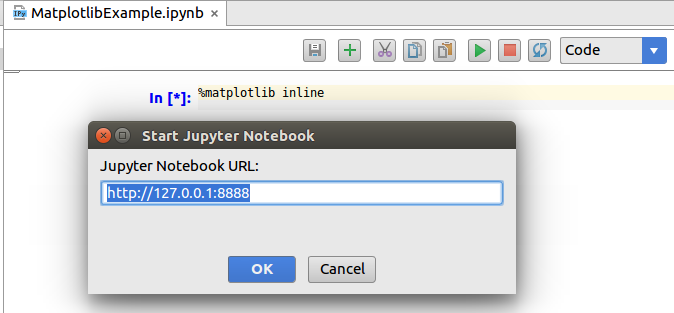
P圜harm shows a dialog box, where you have to specify the URL where the Jupyter Notebook server will run: Next, click the icon run cell icon to run the cell (alternatively, you can press Shift+Enter on Windows or ⇧⏎ on macOS).
#Pycharm community edition jupyter notebook code#
For example, in the very first cell type the following code to configure the matplotlib package: Just click the first cell and start typing. Which is a complete replica of the real Jupyter Notebook toolbar: The newly created file now shows up in the Project Tool Window and automatically opens forīy now, the new file is empty, but P圜harm recognizes it as a notebook file.Īs such, this file is marked with the icon Jupyter notebook icon Then, on the pop-up menu that appears, choose the option Jupyter Notebook and type the file name (here it is In the Project Tool Window, click Alt+Insert (Windows) or ⌘N (macOS). Note that P圜harm automatically installs the dependencies of these packages.

For this tutorial a virtual environment based on Python 3.6 has been created. In the Project Interpreter page of the Settings/Preferences dialog, you have:Ĭreated a virtual environment. In this tutorial the project C:/SampleProjects/py/JupyterNotebookExample is used. You have a Python project already created. Prior to executing the tasks of this tutorial, make sure that the following prerequisites are met: Refer to the P圜harm Web Help for more information about the current status of support for Jupyter notebook.

This tutorial describes support for Jupyter notebook in the P圜harm IDE 2018.3 and its previous versions. Using Jupyter notebook in P圜harm Before you start


 0 kommentar(er)
0 kommentar(er)
